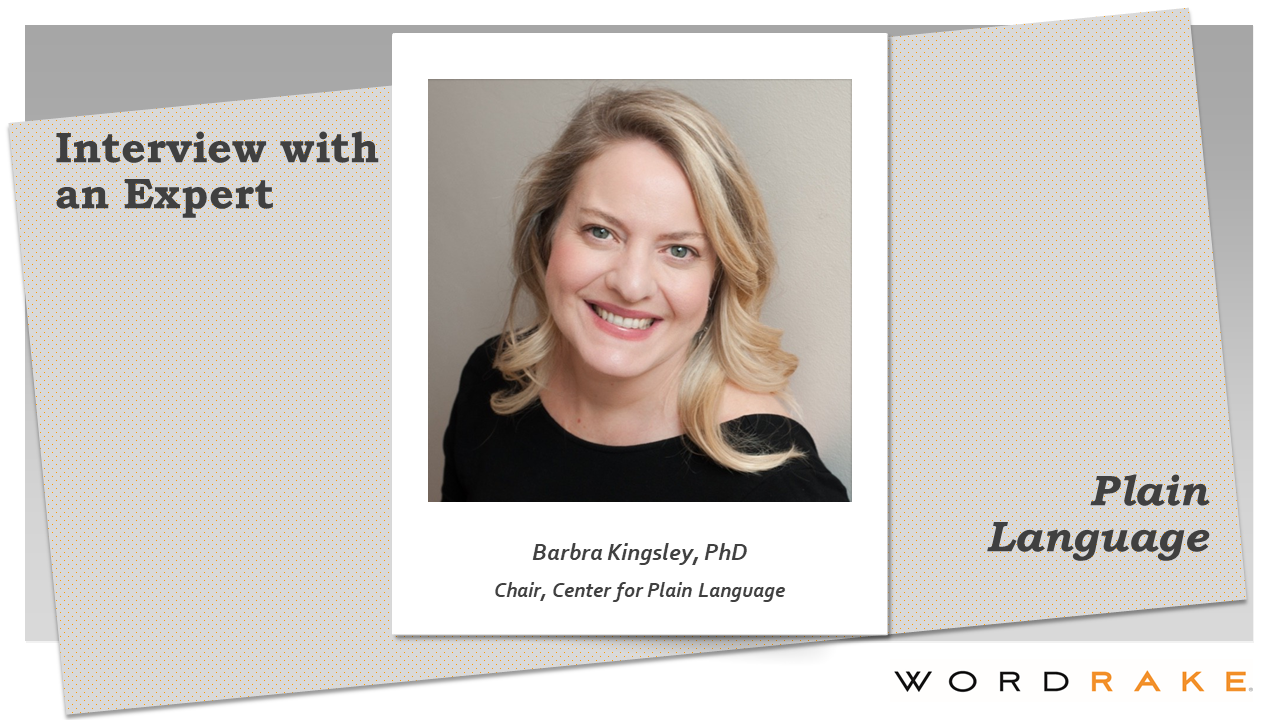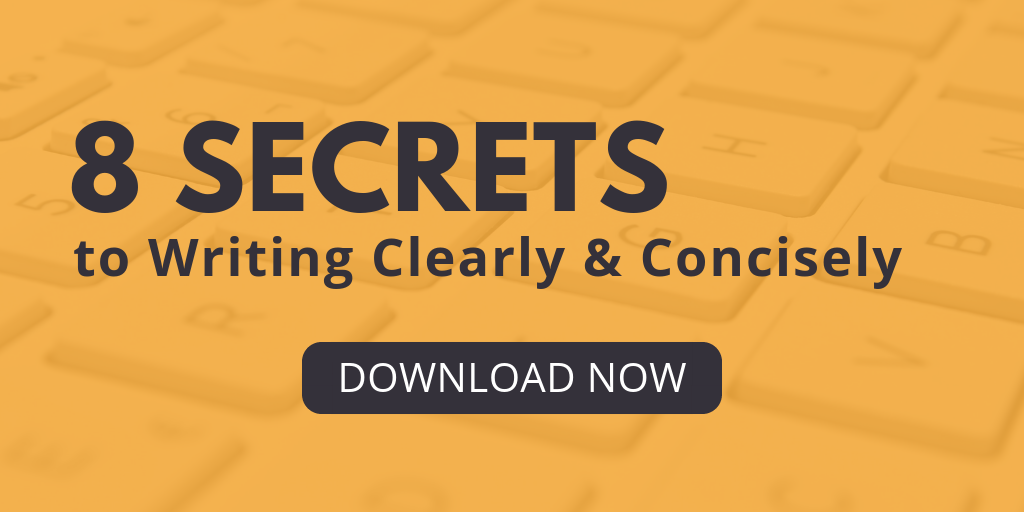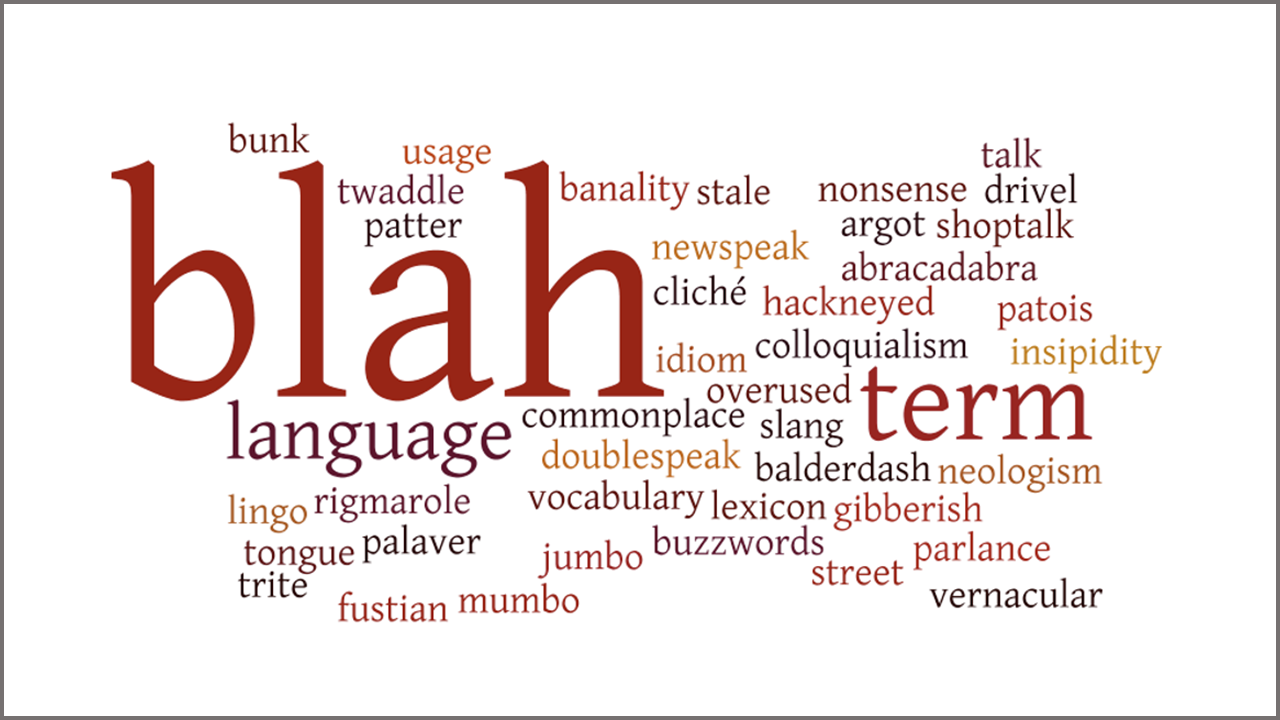Consider the consequences of unclear communication. It’s more than closing a browser window in frustration or scratching your head in confusion. In this straightforward interview, plain language expert Barbra Kingsley, PhD gives real-world examples of how misunderstanding seriously harms people.
Barbra’s interview is a wake-up call to professionals, people in power positions, and governments. When people encounter information they don’t understand, they don’t keep searching—they give up. We have an ethical obligation to help them before that happens. We do that through plain language. Read on as Barbra makes a convincing case for plain language in law, health, finance, and anywhere important rights are at stake.
What is your role and how is it connected to plain language?
I am the Chair of the Center for Plain Language, a nonprofit that is dedicated to developing a culture of clarity in communication so that people and organizations can thrive. I also own a consulting firm called Kingsley-Kleimann Group: we develop and test information that allows organizations to communicate clearly with customers.
What is the difference between plain language and plain English?
Often, these are used interchangeably. However, I prefer plain language because it applies to all language and isn’t focused solely on English. Plain language initiatives are happening all over the world in many different languages.
What prompted your interest in plain language?
I started becoming interested in plain language because I saw how real people struggle with information they can’t understand. Poorly written and designed information is everywhere! We all encounter it—difficult government forms; letters that are hard to understand; websites that are painful to navigate. And that’s just to name a few. This poor information is an unnecessary barrier, and it prevents people from getting access to things they need. Worse, poor information can truly harm people.
What are some of these harms and what obligations do professionals have to communicate in plain language?
When information is unclear, people get hurt. For example, an unclear instruction on medicine can lead to a person getting ill; a confusing rental agreement can cause a tenant to lose their home; a poorly written mortgage form can cause a person to pay more over the life of the loan than they thought. I have seen examples where the consequences of poor information are steep: going to jail, paying exorbitant fees, losing children, even losing a life. These are real harms, and professionals must—ethically—do all they can to prevent them.
How are readability and plain language related?
People often think that readability and plain language are the same thing. For example, having a document written at a 6th grade level would imply that it is in plain language, right? However, that’s not necessarily the case because of what readability measures. Readability formulas were designed to count some aspect of text and then use a mathematical formula to produce a reading level. Different readability formulas count different things, such as average sentence length or average syllables per word. Some give a weighting to short words over long words. What they all have in common is that they focus on words and sentences. And, though these are important, they aren’t all it takes to make a document plain language. Context and understanding matter, too. For example, some short words—like “rider”—seem easy until they’re in an unfamiliar context: “Pay your rider so it is up to date.” Alternatively, some long words are easy to recognize and understand: “I ate hamburgers with my grandmother on Saturday.” That first sentence has a much lower readability score than the second, yet it is also far less easy to comprehend for the average person.
What are some factors that indicate a need to write in plain language?
I advise my clients that if they are seeing customers having trouble with seemingly “easy” information, then that information may not be as clear as they think. I suggest they track response rates on their documents and capture metrics—how many people are responding to letters they are sent? Are they responding correctly, or are they calling for help? Are they using a website appropriately, or are they getting thorough only part of it and then abandoning it? Those are signs that information isn’t working, and it may need to be tested and reworked to better meet customers’ needs.
Where will consumers commonly encounter the most confusing language?
No lawyer will like this answer, but typically the most confusing language is in legal documents or the legal parts of a document. Consumers don’t understand long, complex sentences and confusing “terms of art.” They also don’t have the time to figure it out. In fact, many times consumers will simply skip reading through contractual language, Terms & Conditions, or End User Agreements because they are hard to use and difficult to comprehend. These types of documents need special care and a willingness on the part of the organization (and its lawyers) to make information accessible.
How does plain language impact access to justice?
Simply using plain language in law, court forms, contracts, and other communications ensures people have the best opportunity to understand their rights and responsibilities. This gives them the best opportunity to exercise those rights and fulfill those responsibilities.
If government and other people in power positions don’t communicate clearly, people are left to listen to their friends, use their own limited understanding to do what they think is best, or do nothing, and passively suffer the consequences. Clear information gives people access and avoids these negative consequences.
What are the most important—yet simple—changes professionals can make to consumer-facing documents to improve understanding?
I’m going to suggest two here:
- Put the action upfront. We are taught to write essays as schoolkids by starting general and leading to our conclusions—which we often put last. That type of writing doesn’t work in the real world. People are busy, and they need to know the bottom line up front. Don’t make your readers wait to find out why you are contacting them or what they need to do. Get that information up front!
- Test your information. The best way to know if a document works is to put it in front of real customers. Testing doesn’t need to be expensive; you can test your documents with only 5-10 people and learn a lot about what they can use. It will save you the costs (which are considerable) of putting out poor information.
What’s one piece of advice that you would offer to help a professional start using plain language?
Get involved in the plain language world and learn more! A great opportunity is a plain language conference called Access for All: Plain Language is a Civil Right, May 11-13, 2021, which is put on by three organizations that specialize in plain language (Clarity, Center for Plain Language, and PLAIN). The event is all virtual and will feature 30 amazing experts from around the world. Get your tickets today!
About Barbra Kingsley
Barbra Kingsley, Ph.D., President of Kingsley-Kleimann Group, has 25 years of experience managing high-impact communication projects to create clear, usable information. She is an information design and plain language expert with a deep understanding of how individuals, particularly vulnerable populations, use print and online information. Barbra also works nationally and internationally to promote the use of plain language. As Chair of the Center for Plain Language, she oversees both the Annual Federal Report Card, which rates federal agency compliance with the Plain Writing Act of 2010, and the Annual ClearMark Awards, which celebrates the best in North American plain language.
Plain Language and Clear Communication Interview Series
This interview is part of a series produced in connection with WordRake’s support for the Access for All: Plain Language is a Civil Right conference. WordRake is editing software for sophisticated writers who must communicate clearly. It improves writing by simplifying and clarifying text, cutting jargon, and recommending plain English replacements. WordRake runs in Microsoft Word and Outlook, and its suggestions appear in the familiar track-changes style. You decide when to run WordRake and which edits to accept, so you get quality and speed without sacrificing control. Editing for clarity and brevity has never been easier. Try WordRake for free for 7 days.







